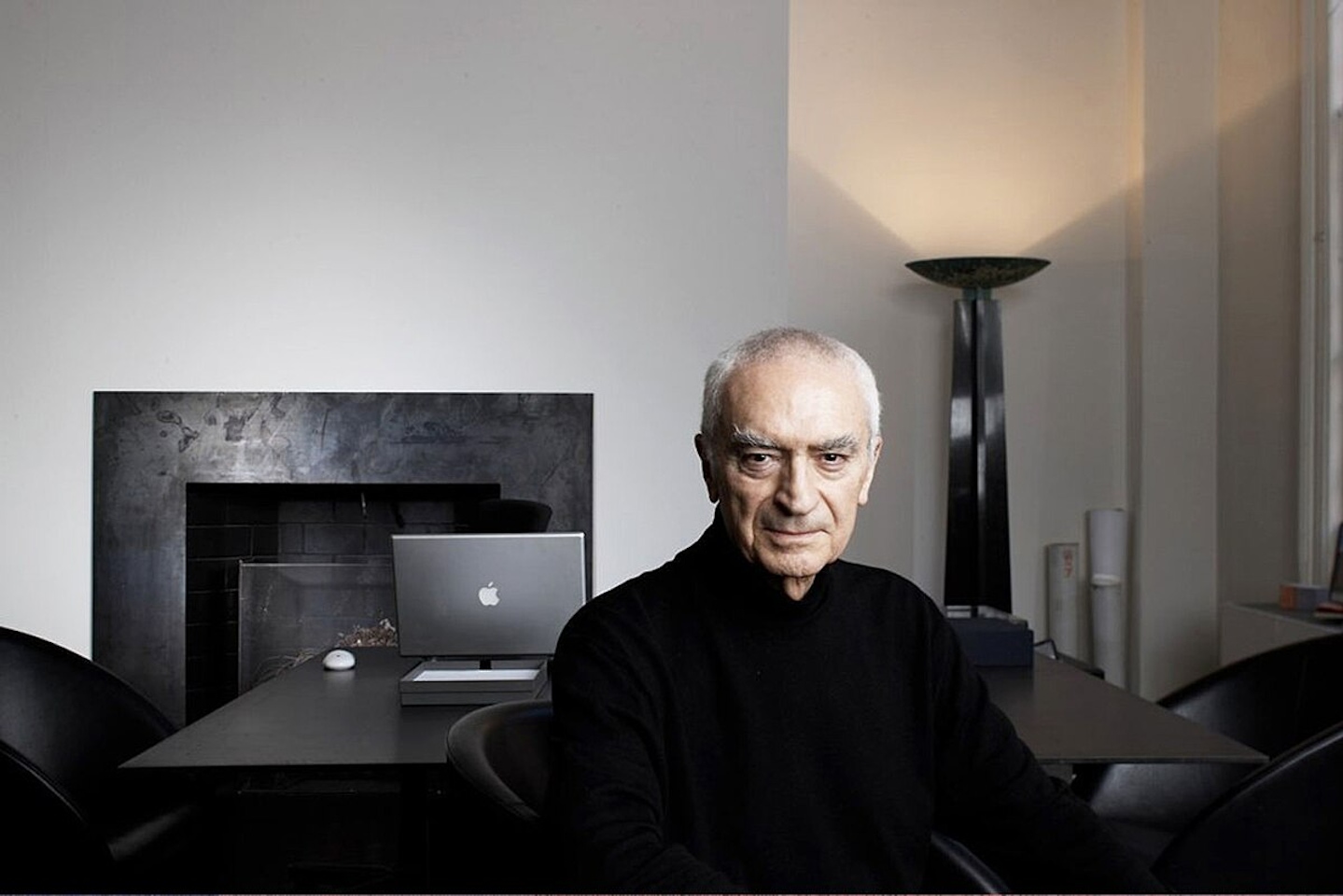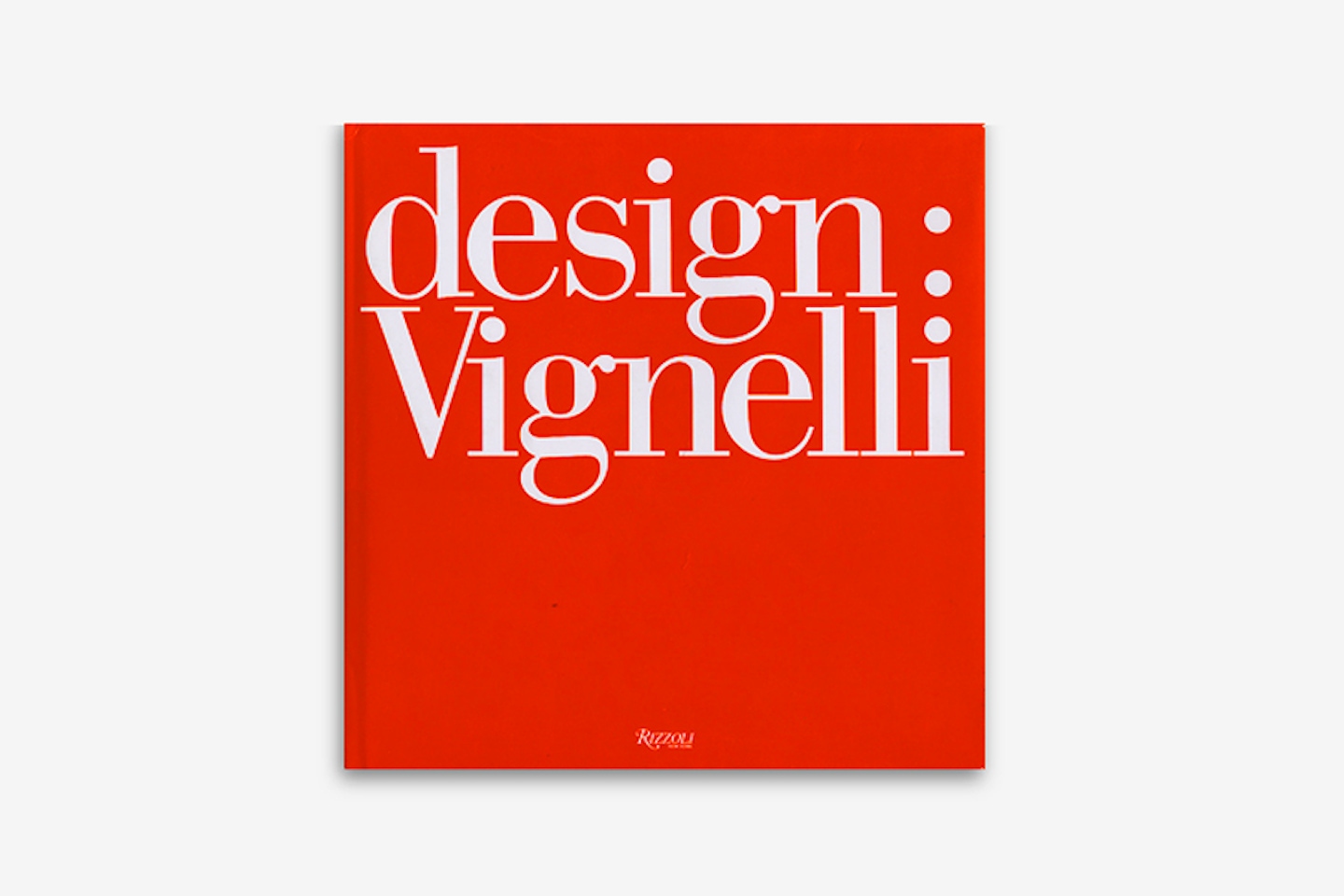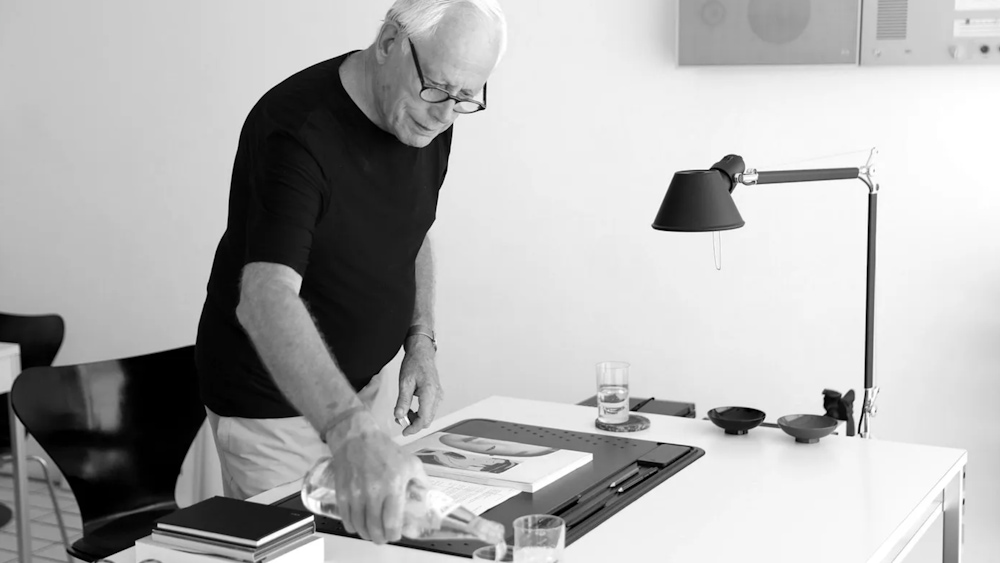



[About]
Massimo Vignelli, a pioneering figure in modern design, believed that design is a discipline rooted in timeless principles rather than fleeting trends. His philosophy, encapsulated in The Vignelli Canon, emphasizes simplicity, structure, and the pursuit of clarity across all design disciplines. From graphic design to furniture, Vignelli’s work exemplifies his famous mantra: “If you can design one thing, you can design everything.”
Vignelli's designs were driven by a deep respect for functionality and aesthetics. His work on the New York City Subway Map (1972) stands as a testament to his mastery of clarity in information design. While controversial for its abstraction, the map prioritized usability, showing how design could solve real-world problems without unnecessary embellishments. Similarly, his redesign of the American Airlines logo in 1967 reflected his commitment to simplicity. By removing ornamentation, he created a modern, timeless identity that endured for decades.
Central to Vignelli's work was his love for typography. He favored a small selection of typefaces, such as Helvetica and Bodoni, believing that too many choices diluted a designer’s message. His approach, outlined in The Vignelli Canon, advocated for “discipline, appropriateness, and restraint,” qualities that defined his enduring legacy.
Beyond his individual projects, Vignelli championed the idea that design transcends mediums. Whether crafting modular furniture, elegant packaging, or iconic posters, his principles remained consistent: clear purpose, strong grids, and timeless forms.
Vignelli’s work serves as a reminder that good design is not about trends but about creating objects and experiences that endure. His legacy inspires designers to focus on the essentials, to embrace discipline, and to design not just for today but for the future. Practically everyone living in the Western world will encounter a work by Vignelli at some point in their life.



